Sustainability Initiatives
The Toilet Partition Market is increasingly influenced by sustainability initiatives, as both consumers and businesses prioritize environmentally friendly products. The demand for eco-friendly materials, such as recycled plastics and sustainable wood, is on the rise, reflecting a broader trend towards green building practices. Recent studies indicate that the market for sustainable building materials is expected to grow by 10% annually, which includes toilet partitions. This shift is prompting manufacturers to innovate and develop partitions that not only meet aesthetic and functional requirements but also adhere to environmental standards. As sustainability becomes a key consideration in purchasing decisions, the Toilet Partition Market is likely to see a growing number of products that emphasize eco-friendliness, thereby appealing to environmentally conscious consumers and businesses alike.
Technological Advancements
The Toilet Partition Market is benefiting from technological advancements that enhance product functionality and user experience. Innovations such as touchless systems, integrated lighting, and smart materials are becoming increasingly prevalent in restroom design. These technologies not only improve the overall user experience but also contribute to better hygiene and energy efficiency. Market Research Future indicates that the integration of technology in restroom facilities is expected to grow by 8% annually, reflecting a shift towards modern, high-tech solutions. As consumers become more accustomed to smart technologies in their daily lives, the demand for technologically advanced toilet partitions is likely to increase. Manufacturers are thus encouraged to invest in research and development to create innovative products that meet these emerging needs, positioning themselves favorably within the Toilet Partition Market.
Shift Towards Customization
The Toilet Partition Market is witnessing a notable shift towards customization, as consumers increasingly seek tailored solutions that meet specific design and functional requirements. This trend is particularly evident in commercial spaces, where businesses aim to create unique restroom experiences that align with their brand identity. Market analysis suggests that the demand for customized toilet partitions is growing at a rate of 7% per year, driven by the desire for personalization in interior design. Manufacturers are responding by offering a variety of materials, colors, and configurations, allowing clients to select options that best suit their needs. This customization trend not only enhances customer satisfaction but also fosters brand loyalty, as businesses are more likely to return to suppliers who can provide bespoke solutions. As a result, the Toilet Partition Market is likely to continue evolving to accommodate these preferences.
Increased Construction Activities
The Toilet Partition Market is experiencing a surge due to heightened construction activities across various sectors. As urbanization continues to expand, the demand for commercial and residential buildings rises, leading to an increased need for restroom facilities. According to recent data, the construction sector is projected to grow at a compound annual growth rate of approximately 5.5% over the next few years. This growth directly influences the Toilet Partition Market, as more facilities require durable and aesthetically pleasing partitions. Furthermore, the emphasis on creating functional and efficient restroom spaces in public buildings, schools, and offices drives the demand for innovative toilet partition solutions. As a result, manufacturers are likely to focus on developing products that meet the evolving needs of the construction industry, thereby enhancing their market presence.
Rising Awareness of Hygiene Standards
The Toilet Partition Market is significantly influenced by the increasing awareness of hygiene standards in public and private facilities. With a growing emphasis on cleanliness and sanitation, particularly in restrooms, there is a heightened demand for partitions that facilitate easy cleaning and maintenance. Regulatory bodies are implementing stricter hygiene guidelines, which compel facility managers to invest in high-quality toilet partitions that meet these standards. Market data indicates that the hygiene-focused segment of the Toilet Partition Market is expected to grow by approximately 6% annually. This trend encourages manufacturers to innovate and produce materials that are not only durable but also resistant to bacteria and easy to sanitize. Consequently, the focus on hygiene is likely to drive the adoption of advanced toilet partition solutions, thereby expanding the market.


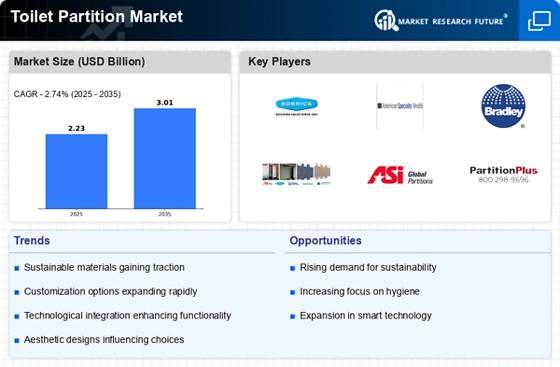
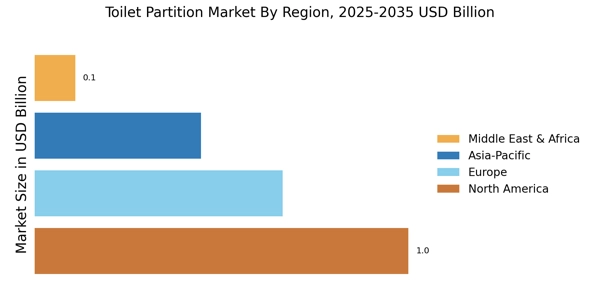
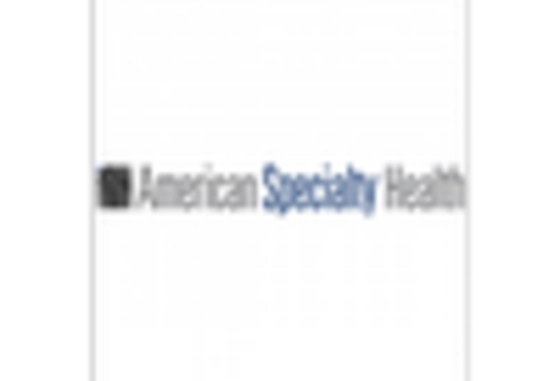
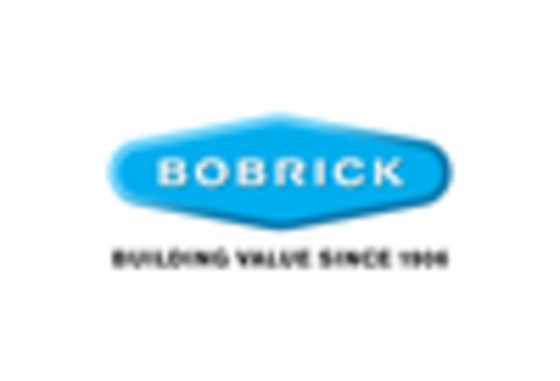


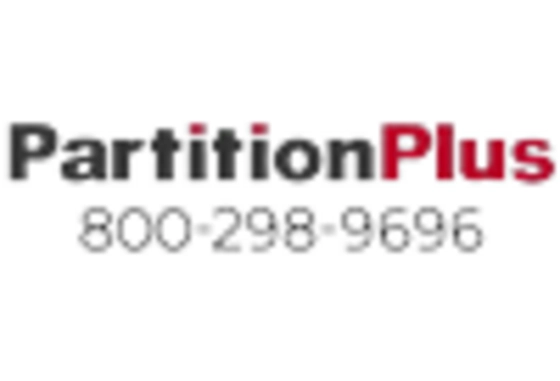
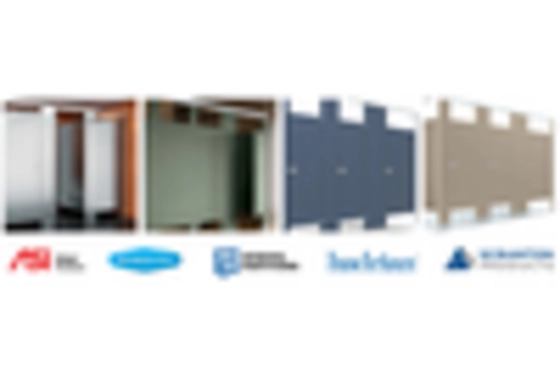








Leave a Comment